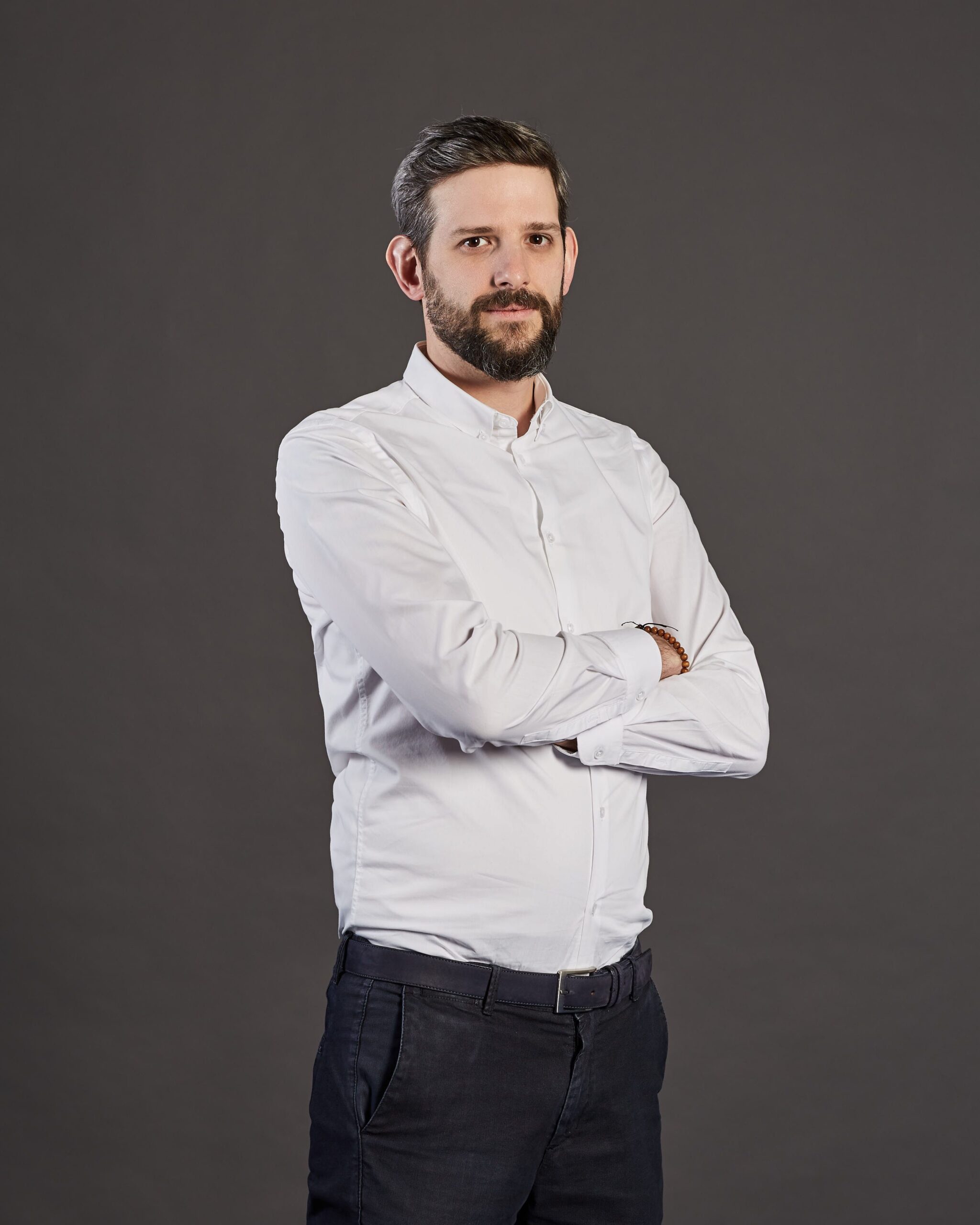Artificial Intelligence (AI) is the intelligence demonstrated by machines, in contrast to the natural intelligence displayed by humans and other living beings.
For a machine acting like a human means being able to perform 5 macro-functions:
- Perception (recognizing and interpreting reality)
- Reasoning (drawing new conclusions)
- Planning (detecting patterns and adapting to new environments)
- Knowledge Representation (extract and store knowledge)
- Natural Language Processing (communicate successfully in a human language)
AI research started in 1956 after a workshop at Dartmouth College and its fathers where:
- Allen Newell and Herbert Simon from CMU
- John McCarthy and Marvin Minsky from MIT
- Arthur Samuel from IBM
Dartmouth College group focused on Restricted AI that solves only one of the 5 acting like a human macro-functions at a time.
Recently, a huge breakthrough came with the birth of Machine Learning.
Machine Learning is a field of artificial intelligence that uses statistical techniques to give computer systems the ability to learn from data, without being explicitly programmed.
This step ahead allowed systems to solve problems that involve:
- Supervised Learning
- Clustering
- Dimensionality Reduction
- Structured Prediction
- Anomaly Detection
Another breakthrough came with Deep Learning.
Deep Learning is a subset of Machine Learning that, using architectures based on Neural Networks, allows machines to learn a large variety of activities as humans do.
This step ahead allowed systems to solve problems that involve:
- Supervised/Semi-Supervised/Unsupervised Learning
- Image/Audio Recognition
- Natural Language Processing
Nowadays, there are 3 main problems that can be solved with AI
- Regression Problems: this could be applied whenever the output of a subset of inputs is a continuous function
- Classification Problems: this could be applied whenever the output of a subset of inputs is a discrete function
- Clustering Problems: this could be applied whenever the output of a subset of inputs is not predictable/known
The 3 problems are solved by using sequences of algorithms called Neural Networks.
Usually, every Neural Network performs 4 activities:
- Data Collection
- Data Cleaning
- Patterns Identification
- Prediction Making
One of the most interesting applications of Artificial Intelligence is how Bosch performs Predictive Maintenance.
Bosch is a world-leading multinational engineering and electronics company headquartered in Gerlingen, near Stuttgart, Germany.
It was founded in November 1886 by Robert Bosch who originally produced a low voltage magneto for gas engines.
The company grew through the years becoming in 2017 a company with
- More than 400 thousand employees
- More than €75 billion of Revenues
Counting on a diversified portfolio of subsidiaries in several industries such as:
- Automotive components
- Industrial technology
- Consumer goods and power tools
- Security systems
- Mobile phones
On the industrial technology industry, where it operates with the subsidiary called Bosch Rexroth, Bosch developed several Industry 4.0 applications and, between them, the Predictive Maintenance Solutions are probably the most interesting.
In a Just in Time manufacturing environment, everything must run smoothly since a delay might compromise not only the punctuality but also the efficiency of a process.
In this context, one of the most critical factors is machinery/equipment downtime.
Therefore, a set of practices for regularly performing maintenance have been developed over time and its name is Total Productive Maintenance (TPM).
TPM, though, is a set of techniques to anticipate most of the machines/equipment failures but it is not able to prevent the 100% of them.
For achieving this, Bosch uses Predictive Maintenance, a deep learning-based analysis tool.
Predictive Maintenance is based on 3 levels:
- Level 1 is made by sensors and components that perform Condition Monitoring. The target is to monitor several parameters that can lead to a downtime of a machine or of equipment such as pressure, temperature or vibration
- Level 2 is made by the network connection to perform Data Collection. The target is to store the data that are needed for predicting failures and suggesting maintenance is needed
- Level 3 is made by Artificial Intelligence performing a Predictive Analysis based on solving a Regression Problem. By looking at past data, the machine learns what parameters are responsible for failures and what lead to downtime. The target is to calculate Predictive Analytics and to provide Maintenance-Recommendation
Predictive Maintenance by Bosch has super-human powers because of:
- Ability to process a large amount of data in near real-time
- Operates consistently 24/7
The key point for everything to work, though, is to set up sensors accordingly. This activity is time-consuming and it may be very difficult when it must be performed on a large number of machines of different brands.
Business Strategy | Product Marketing | Executive Master eCommerce Management | Business Innovation Master | MSc
I am driven by my personal growth and of people/contexts that surround me.
I followed a professional path in Valentino Fashion Group and Luxottica during which, thanks to the ability to understand different businesses and interests, I was able to succeed in Operations, Merchandising and Retail.
These organizations have exploited my ability to mediate and translate needs/constraints into practice, assigning me to Project Management roles.
Luxottica relied on my ability to analyze, to anticipate things and to imagine/implement solutions by appointing me in Supply Chain Management department and assigning me to the Product Management of IoT solutions for Anti-counterfeiting and Retail digitalization.
During this professional path, I also developed my leadership by managing teams to build Processes, Organizations, Systems and Governance Tools.

